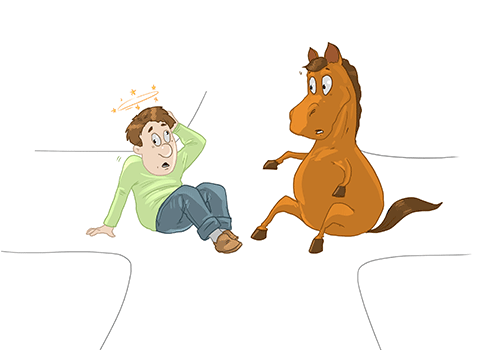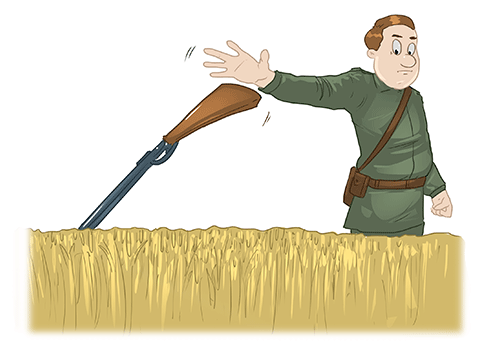Slovak
Slovenský jazyk
Slovenský jazyk
about 4.6 million native speakers in Slovakia plus emigrants and diasporas
Slovakia, EU; can also be used in almost all levels of official communication in Czech Republic
Hungary, Serbia, Ukraine, Croatia
UK, Germany, Ireland, Austria, Ukraine; the US, Canada, Argentina, Australia


Slovak features syllabic l, r and their long equivalents, ĺ and ŕ. Such syllables then seem to lack "normal" vowels and can lead to interesting words. They are nonetheless easily pronounceable by native speakers.
The word štvrť (quarter) is especially helpful, since it can be used in compound words. Some of longest attested words (from the corpus) are štvrťstoročie (quarter-century), štvrťstrana (quarter-page) and štvrťhrsť (quarter-handful).
Since verbs in the imperative sometimes keep only the root morpheme, there is a handful of imperatives which are consonant-only words:
There is a traditional sentence to demonstrate syllabic "r" (shared with Czech):
However, it can be augmented somewhat with a verbal prefix, change of last word and the štvrť compound:
And with a realistic imperative (vrč) and a direct address:
It is even possible to play a bit with word compounds and create words like the following (which are not known to have been used):
Process of separation of West Slavic languages from Proto-Slavic is well underway.
Codices, letters and Bible translations written in Old Church Slav(on)ic (in Glagolic and Cyrillic scripts) were the first documents written in territory of contemporary Slovakia. Proglas (written by Constantine the Philosopher) is considered the first original literary work in the Old Slavic language.
A lack of Slovak language documents from that era. Slovak geographical names in Latin texts appear.
The first recorded coherent text in Slovak.
Creation of first supradialectical variants.
First attempts to use stable written Slovak: Romuald Hadbavný (Latin-Slovak dictionary, 1763) and Jozef Ignác Bajza (1st Slovak novel, short stories and poems, 1782 – 1813).
Anton Bernolák started working on his (today considered the 1st standardized) Slovak (dictionaries, grammar books).
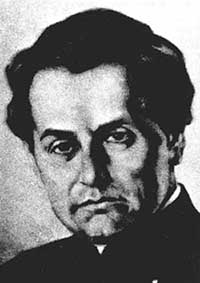
"Contra"-standardization attempt by Ludevít Štúr. His language has been later modified by Michal Miloslav Hodža, Martin Hattala and Samo Czambel and eventually evolved into contemporary Slovak.
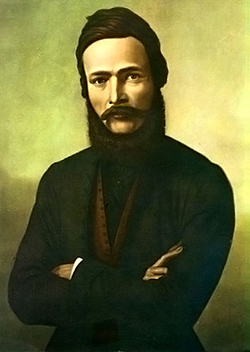
Jan Kollár's version (yes, yet another one) has been approved as an official language, but generated protests among Slovak intelligentsia (because of its archaic appearance and similarities to Czech).
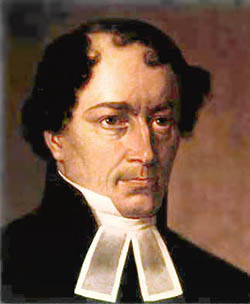
Czechoslovak language becomes the official language of Czechoslovakia; passive bilingualism of Czech and Slovak promoted.
The Rules of Slovak Orthography were published that set Czechoslovak orientation.
The last significant orthography reform, contemporary Slovak orthography dates since that time.
Split of Czechoslovakia; Czech language media remains important in Slovakia.
Reference books of standardised Slovak and other linguistic resources available in the electronic version
Modern Slovak orthography boasts of having the largest number of letters among European languages using the Latin script - 46 letters. The Slovak alphabet makes heavy use of diacritics and features several unique letters. Ľ/ľ and Ĺ/ĺ (L with mäkčeň and l with acute accent) are letters unique to Slovak language, the letters Ď/ď and Ť/ť are unique to Slovak and Czech, and had not Turkmen adopted Ň/ň in a 1995 reform, it would be also a letter found only in Slovak and Czech.
There is an interesting visual representation of mäkčeň - usually, it has a wedge shape positioned over the letter (ˇ), but for ď, ť, ľ and Ľ it is displayed differently - it looks almost like an apostrophe attached to the right side of the letter. This is just a variation and the diacritic is actually the mäkčeň which is how it is always represented in handwriting. Since these letters appear only in Slovak and Czech, this issue remains mostly unknown abroad and results in bewildered substitutions and mix-ups by foreigners who often introduce stray apostrophes.
The digraphs (ch, dz, dž) are considered letters on their own. However, these letters are rather "weak" - in vertical writing, they occupy two positions, but in crosswords "ch" occupies usually one position, but "dz" and "dž" vary. When capitalised they exist in two forms, uppercase and titlecase - CH and Ch, DZ and Dz, DŽ and Dž, depending on the following case.
The closeness of Slovak and Czech is a well-known fact. Their mutual intelligibility is variously compared to that of Italian-Neapolitan, Portuguese-Galician, Norwegian-Swedish and similar close languages. The distance is perhaps greater than Serbian-Croatian or UK-US English, but less than German-Dutch or Russian-Ukrainian. Another language close to Slovak is Polish, however the differences are bigger in this case and mutual intelligibility is limited.
There is a dialect continuum from Czech to East Slovak dialects, with transitional dialects to Russyn (Lemko) and Polish (Góral). Thus the dialects of both West and East Slavic languages are linked by a chain of intelligibility and they may be classified as part of North Slavic dialect continuum. A hypothetical traveller starting in westernmost Czech city (Aš) and stopping in each following village will notice the local dialect differs slightly but still remains close. And in this way the traveller can arrive to Vladivostok, without finding clear linguistic border along the route - but the easternmost and westernmost languages will be very different.
In Slovak new words are created predominantly by adding affixes – derivation and by the penetration of loan words (from English mainly) into the language.
A large number of affixes is used in Slovak. They can modify word meaning, for example:
Multilingual website for learning Slovak: http://slovake.eu





